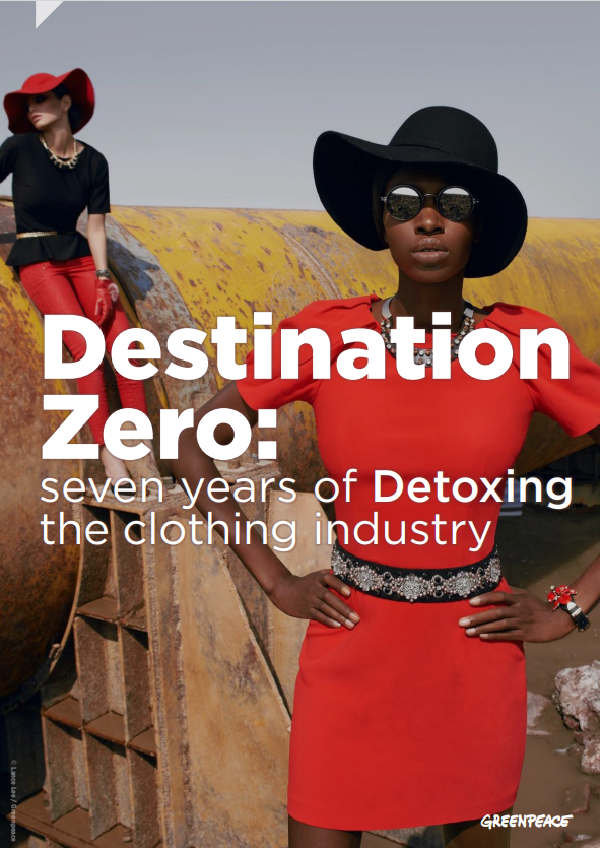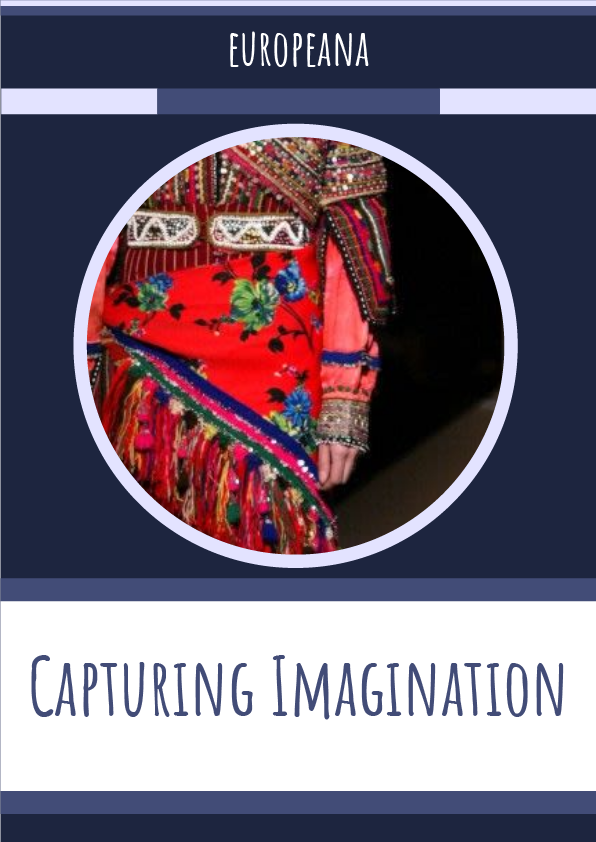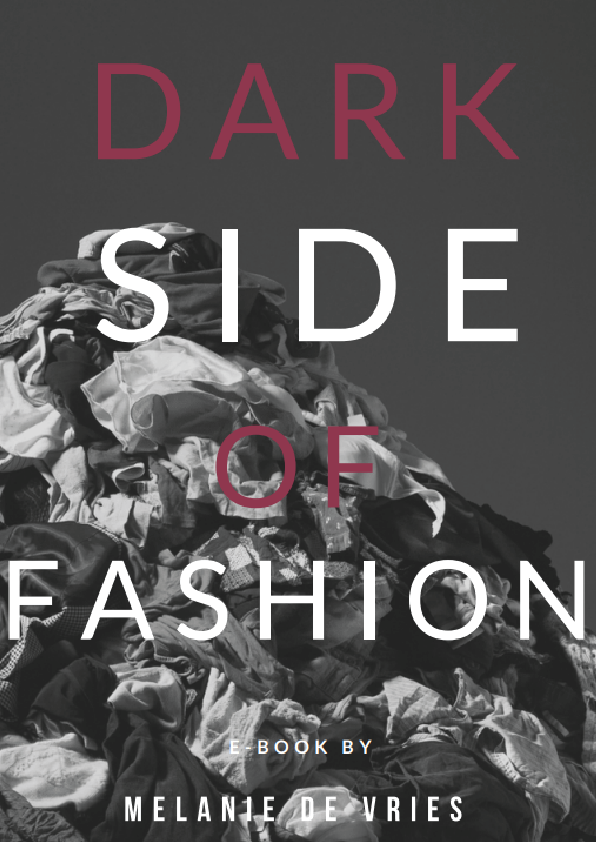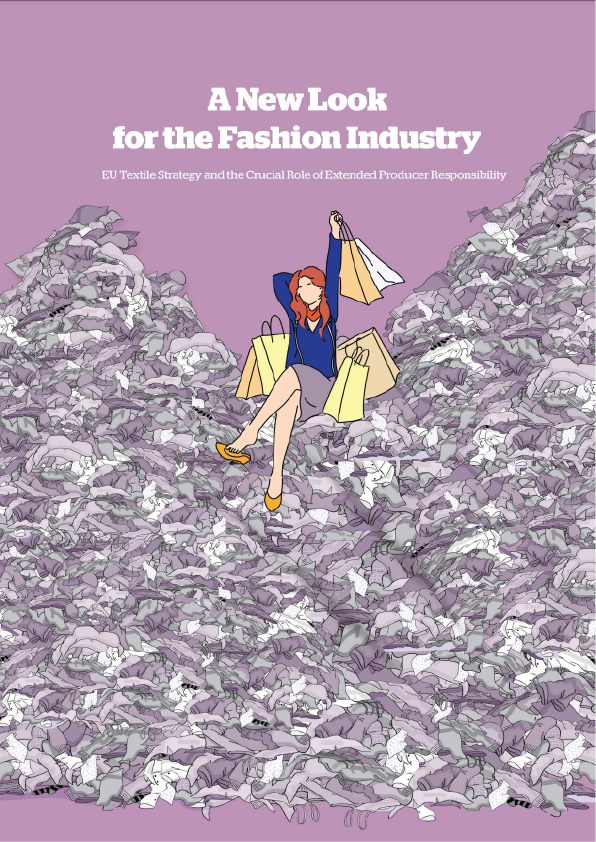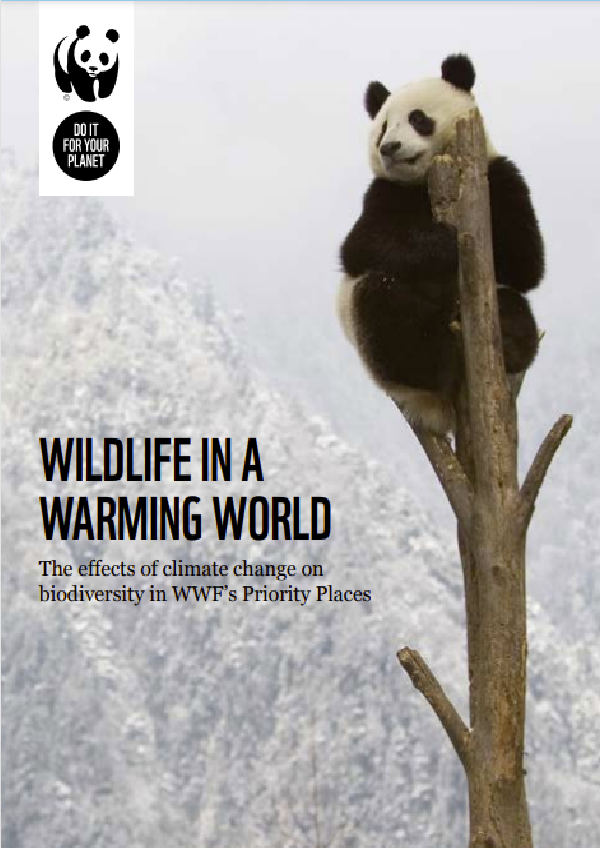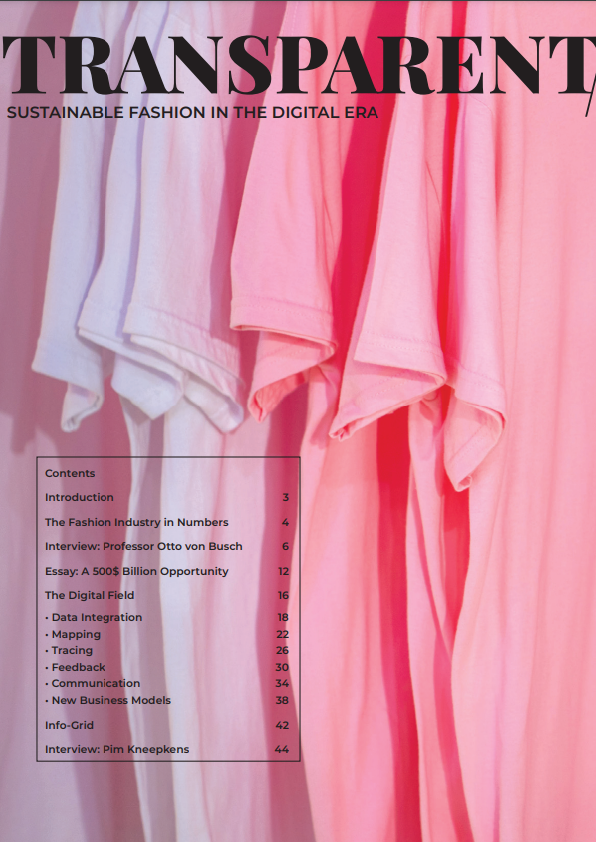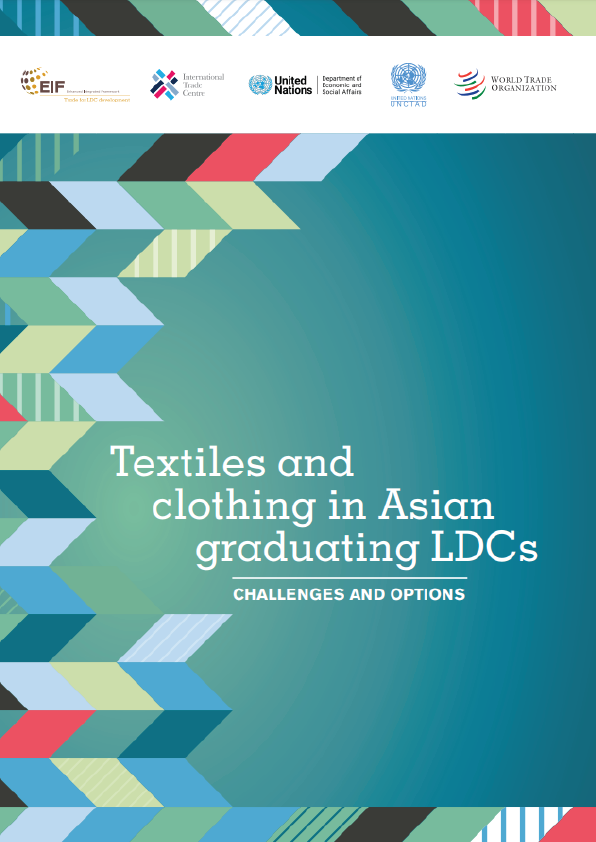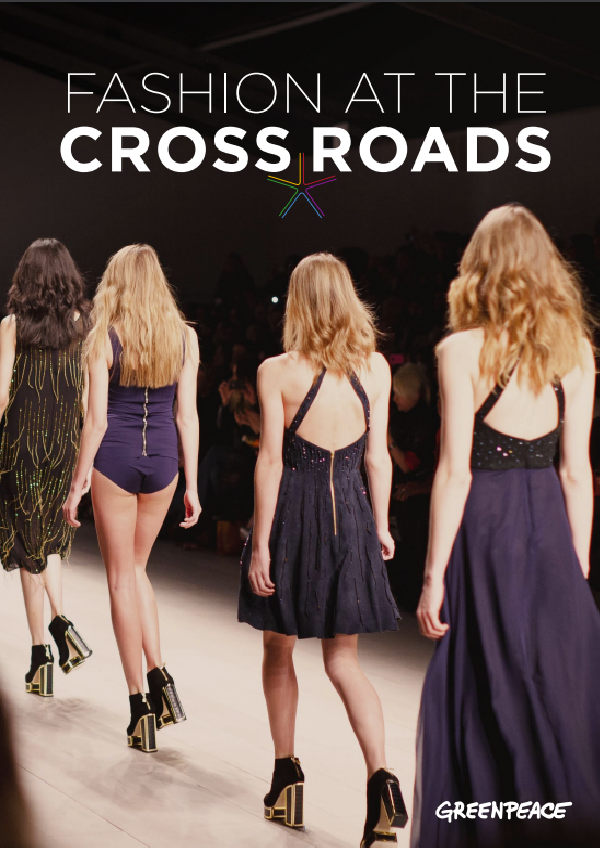A new Greenpeace Germany report shows the progress of global clothing brands and suppliers in detoxing from hazardous chemicals, as well as identifying future challenges for all stakeholders.
Destination Zero
© Greenpeace International
Seven years after Greenpeace started the Detox My Fashion campaign, asking fashion companies to stop polluting waterways with hazardous chemicals from clothing production, all 80 companies that took the pledge to phase out these chemicals from their production line by 2020 have achieved significant progress.
For the first time maps the major steps all companies have made together across all sectors, including fashion, sportswear, and luxury retailers, outdoor brands, and suppliers. Together, these companies represent 15 % of global clothing production.
The report addresses major joint challenges and maps out the next steps to achieve a hazardous-free future for fashion.
Seven years ago, Greenpeace launched its Detox campaign to address the widespread use of hazardous chemicals in the manufacturing of clothes, which were being released into waterways in countries such as China, Indonesia, and Mexico. It was the first campaign to challenge big clothing brands from all sectors to take responsibility for the environmental impacts of their manufacturing supply chains and commit to achieving zero discharges of hazardous chemicals by 2020.
This challenge was taken up by 80 brands and suppliers, from fashion and sportswear to luxury, multiple retailers, and the outdoor sector: after intensive efforts to implement their commitments, we wanted to see how far they have come. As we draw closer to the 2020 deadline for achieving zero discharges, for the first time, Greenpeace has assembled the collective achievements of Detox Committed brands and companies from all the sectors in one place, compiled from their responses to our survey about their progress.
Delivery of the Detox commitment
All of the committed brands and companies are delivering on the rigorous management of hazardous chemicals in a complex and global supply chain – although not all at the same pace as they face different challenges due to their size and specific market. Collectively, they have reached a critical point where there’s no going back, demonstrating the significance and feasibility of the paradigm shift advocated by the campaign.
Companies have come a long way. At first, Greenpeace had to unveil the underbelly of an industry eager to provide consumers with the latest trend at the cheapest price while turning a blind eye to the environmental and human costs. It took lots of investigation and documentation to get all of them on board – through revelations that hazardous chemicals restricted in the EU and US such as alkylphenol ethoxylates (APEs) were routinely discharged in the Global South – but we could always count on the support of the public and heartfelt petitioning from our followers. There were also many positive highlights along this corporate journey, such as the collective commitment of Italian suppliers from Prato and Como or the responsiveness of the smaller outdoor brands. Ranking brands through our evaluations also kept the dynamic going.
The first step for companies that signed the Detox commitment was to set up a black list of hazardous chemicals (aka MRSL (Manufacturing Restricted Substances List)) banned across all stages of manufacturing, with ambitious elimination timelines and target levels to be reached in wastewater. There were some disputes about the ambition, but in the end, the objectives and implementation tools are converging. The ZDHC (Zero Discharges of Hazardous Chemicals) foundation, created as a collective responsibility for the brands, has become a meaningful program over the years, with the potential to scale up the Detox roadmap to the rest of the clothing and textiles industry and to keep up the momentum for change.
Source: Greenpeace (http://www.greenpeace.org)
